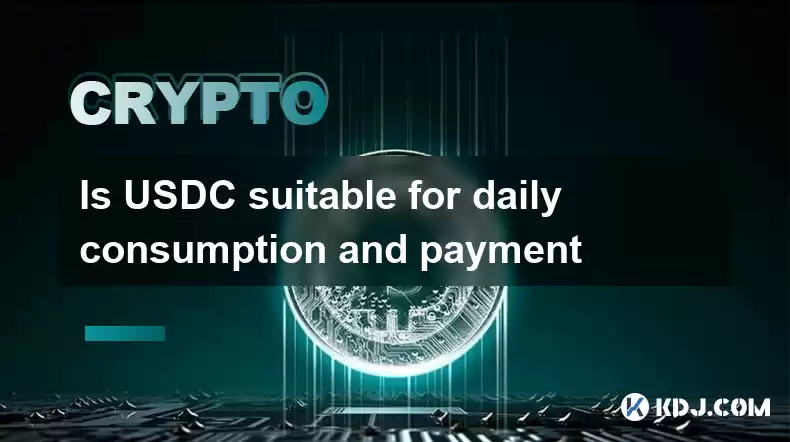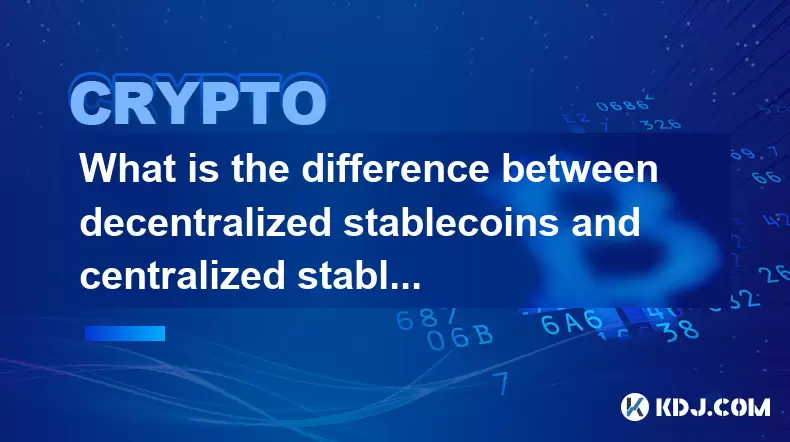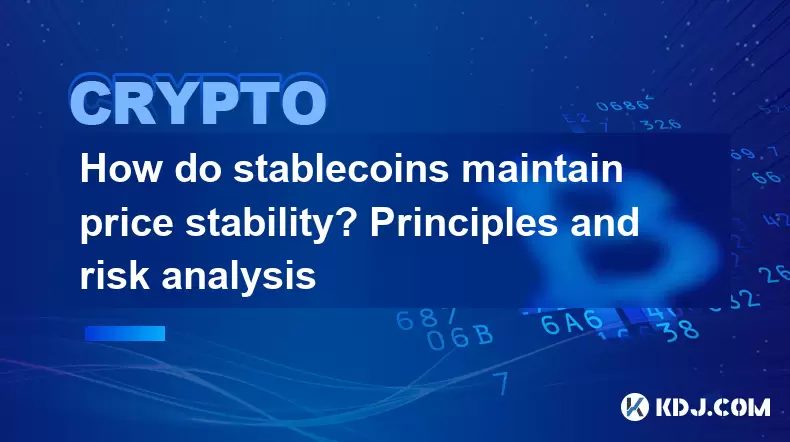-
 Bitcoin
Bitcoin $115000
0.88% -
 Ethereum
Ethereum $3727
2.86% -
 XRP
XRP $3.001
2.15% -
 Tether USDt
Tether USDt $1.000
0.03% -
 BNB
BNB $765.7
0.59% -
 Solana
Solana $169.5
3.52% -
 USDC
USDC $0.9999
0.00% -
 TRON
TRON $0.3391
1.24% -
 Dogecoin
Dogecoin $0.2059
2.68% -
 Cardano
Cardano $0.7418
2.24% -
 Hyperliquid
Hyperliquid $37.92
1.29% -
 Stellar
Stellar $0.4017
2.54% -
 Sui
Sui $3.508
2.67% -
 Chainlink
Chainlink $16.87
2.81% -
 Bitcoin Cash
Bitcoin Cash $569.4
2.08% -
 Hedera
Hedera $0.2472
0.22% -
 Ethena USDe
Ethena USDe $1.001
0.01% -
 Avalanche
Avalanche $22.29
1.22% -
 Litecoin
Litecoin $118.0
0.74% -
 UNUS SED LEO
UNUS SED LEO $8.924
-0.75% -
 Toncoin
Toncoin $3.236
1.65% -
 Shiba Inu
Shiba Inu $0.00001238
1.79% -
 Uniswap
Uniswap $9.827
3.02% -
 Polkadot
Polkadot $3.684
1.92% -
 Dai
Dai $1.000
0.01% -
 Monero
Monero $283.0
-2.73% -
 Bitget Token
Bitget Token $4.362
0.47% -
 Cronos
Cronos $0.1458
4.97% -
 Pepe
Pepe $0.00001054
2.58% -
 Ethena
Ethena $0.6238
9.53%
Is USDC suitable for daily consumption and payment
USDC's daily use depends on merchant acceptance, low transaction fees, and minimal volatility despite its 1:1 USD peg. Security, regulatory compliance, and user-friendly accessibility are crucial for widespread adoption.
Mar 14, 2025 at 11:31 pm

Key Points:
- USDC's suitability for daily consumption hinges on its acceptance by merchants and its transaction fees.
- Volatility is a major consideration; while USDC aims for a 1:1 USD peg, fluctuations can occur.
- Transaction speeds and fees compared to traditional payment methods are crucial factors.
- Security and regulatory compliance of USDC and associated platforms are paramount for consumer trust.
- Practical considerations like user-friendliness and widespread availability influence daily usage.
Is USDC Suitable for Daily Consumption and Payment?
The question of whether USD Coin (USDC) is suitable for daily consumption and payment is complex, depending on several factors. While USDC aims to mirror the US dollar, making it a stablecoin, its practical application for everyday purchases requires careful consideration.
First, let's address merchant acceptance. Unlike credit cards or debit cards, USDC acceptance isn't ubiquitous. Many retailers haven't integrated crypto payment options, limiting its practical daily use. The number of merchants accepting USDC is steadily growing, but it's still significantly lower than traditional payment methods.
Next, transaction fees need to be considered. While some platforms offer low or zero fees for USDC transactions, others may charge fees that negate any potential savings. These fees can vary widely depending on the platform used and the transaction amount. Comparing these fees to credit card or debit card processing fees is essential before adopting USDC for daily payments.
Volatility, although minimal compared to other cryptocurrencies, remains a factor. While USDC strives to maintain a 1:1 peg with the US dollar, minor fluctuations can occur. These small variations might not significantly impact large transactions, but for small, daily purchases, even minor changes could affect the final cost.
Security is a critical concern. Users must ensure they utilize reputable and secure platforms for storing and transacting USDC. Compromised wallets or exchanges can lead to significant financial losses. Furthermore, understanding the regulatory landscape surrounding USDC and the platforms you use is crucial to avoid legal issues.
The user experience is another crucial aspect. The ease of using USDC for daily purchases must be comparable to existing payment methods. If the process is overly complicated or requires extensive technical knowledge, it will hinder widespread adoption for everyday transactions. The accessibility of user-friendly wallets and platforms directly impacts its suitability for daily use.
Finally, widespread availability is essential. To be truly useful for daily consumption, USDC must be readily accessible across various platforms and regions. Limited availability would restrict its use and make it less practical than traditional payment methods. The expansion of USDC's availability is ongoing, but it hasn't yet reached the level of traditional payment systems.
Common Questions and Answers:
Q: Are there any risks associated with using USDC for daily payments?
A: Yes, there are risks. These include the potential for platform failures, security breaches leading to loss of funds, and regulatory changes impacting the use of USDC. While USDC aims for stability, minor fluctuations in its value compared to the USD can occur.
Q: How does the speed of USDC transactions compare to traditional payment methods?
A: Transaction speeds vary depending on the network and platform used. Generally, USDC transactions can be faster than some traditional methods like bank transfers, but slower than credit/debit card transactions.
Q: What are the fees associated with using USDC for daily payments?
A: Fees vary greatly based on the platform used. Some platforms offer very low or even zero fees for USDC transactions, while others may charge fees comparable to or higher than traditional methods.
Q: Is USDC regulated?
A: USDC is a regulated stablecoin. The regulatory landscape is evolving, and the specific regulations applicable to USDC can vary by jurisdiction. It's crucial to understand the regulatory environment in your region before using it extensively.
Q: Where can I use USDC for daily payments?
A: The number of merchants accepting USDC is growing, but it's still limited compared to traditional payment methods. You can find some businesses that accept it through specific cryptocurrency payment gateways and platforms. However, widespread merchant adoption is still needed for daily widespread usage.
Q: How secure is USDC?
A: USDC's security depends on the security practices of the platforms and wallets used to store and manage it. Choosing reputable and secure platforms is vital to minimize risks. However, no system is entirely immune to security breaches.
Q: How can I acquire USDC?
A: You can acquire USDC through various cryptocurrency exchanges by exchanging other cryptocurrencies or fiat currency (like USD). Some platforms also allow direct purchases using bank accounts or debit/credit cards.
Q: What are the benefits of using USDC for daily payments?
A: Potential benefits include potentially lower transaction fees compared to some traditional methods (depending on the platform), faster transaction times in some cases, and transparency due to the blockchain's record-keeping. However, these benefits must be weighed against the limitations mentioned above.
Disclaimer:info@kdj.com
The information provided is not trading advice. kdj.com does not assume any responsibility for any investments made based on the information provided in this article. Cryptocurrencies are highly volatile and it is highly recommended that you invest with caution after thorough research!
If you believe that the content used on this website infringes your copyright, please contact us immediately (info@kdj.com) and we will delete it promptly.
- IREN Overtakes: A New King in the Bitcoin Miner Hashrate Race?
- 2025-08-07 16:31:29
- Memecoins Mania: Whales Eye Pepe Dollar (PEPD) as Bonk Cools Off, While MoonBull Hogs the Spotlight!
- 2025-08-07 16:51:17
- Unilabs, PEPE, and Investment Risk: Navigating the Crypto Hype
- 2025-08-07 16:31:29
- Meme Coin Mania: Rug Pulls, CZ-Inspired Tokens, and the Wild West of Crypto
- 2025-08-07 16:57:14
- HashFlare Founders Face the Music: Jail Time Looms?
- 2025-08-07 14:30:12
- Pepeto's Pounce: Meme Coin Mania Meets Blockchain Infrastructure
- 2025-08-07 15:10:12
Related knowledge

What is the difference between decentralized stablecoins and centralized stablecoins? Pros and cons comparison
Jun 15,2025 at 09:42am
What Are Stablecoins and Why Do They Matter?Stablecoins are a category of cryptocurrencies designed to maintain a stable value, usually pegged to an e...

What is the role of stablecoins in DeFi? Advantages and limitations analysis
Jun 14,2025 at 06:28am
Understanding Stablecoins in the DeFi EcosystemStablecoins play a pivotal role in the decentralized finance (DeFi) landscape by providing a bridge bet...

How do algorithmic stablecoins work? Potential risks and market impact
Jun 12,2025 at 02:07pm
Understanding Algorithmic StablecoinsAlgorithmic stablecoins are a type of cryptocurrency designed to maintain a stable value relative to a specific a...

How do stablecoins anchor legal currencies? Technical and economic model analysis
Jun 16,2025 at 08:43am
Understanding the Concept of StablecoinsStablecoins are a category of cryptocurrencies designed to maintain a stable value relative to a specific asse...

How do stablecoins maintain price stability? Principles and risk analysis
Jun 11,2025 at 12:01am
Understanding the Mechanisms Behind Stablecoin StabilityStablecoins are a category of cryptocurrencies designed to minimize price volatility, often pe...

What is the operating mechanism of stablecoins? In-depth exploration of its stability principle
Jun 10,2025 at 09:28pm
Understanding the Core Concept of StablecoinsStablecoins are a unique category within the cryptocurrency market, designed to address one of the most s...

What is the difference between decentralized stablecoins and centralized stablecoins? Pros and cons comparison
Jun 15,2025 at 09:42am
What Are Stablecoins and Why Do They Matter?Stablecoins are a category of cryptocurrencies designed to maintain a stable value, usually pegged to an e...

What is the role of stablecoins in DeFi? Advantages and limitations analysis
Jun 14,2025 at 06:28am
Understanding Stablecoins in the DeFi EcosystemStablecoins play a pivotal role in the decentralized finance (DeFi) landscape by providing a bridge bet...

How do algorithmic stablecoins work? Potential risks and market impact
Jun 12,2025 at 02:07pm
Understanding Algorithmic StablecoinsAlgorithmic stablecoins are a type of cryptocurrency designed to maintain a stable value relative to a specific a...

How do stablecoins anchor legal currencies? Technical and economic model analysis
Jun 16,2025 at 08:43am
Understanding the Concept of StablecoinsStablecoins are a category of cryptocurrencies designed to maintain a stable value relative to a specific asse...

How do stablecoins maintain price stability? Principles and risk analysis
Jun 11,2025 at 12:01am
Understanding the Mechanisms Behind Stablecoin StabilityStablecoins are a category of cryptocurrencies designed to minimize price volatility, often pe...

What is the operating mechanism of stablecoins? In-depth exploration of its stability principle
Jun 10,2025 at 09:28pm
Understanding the Core Concept of StablecoinsStablecoins are a unique category within the cryptocurrency market, designed to address one of the most s...
See all articles

























































































